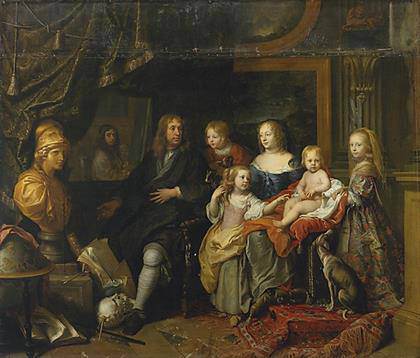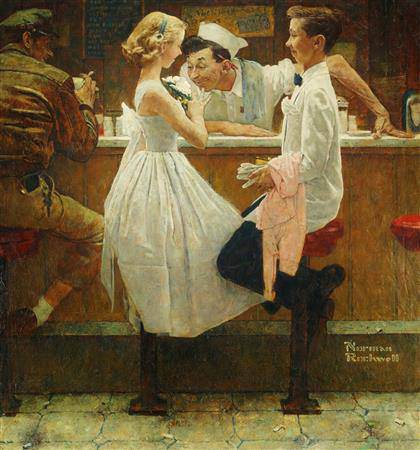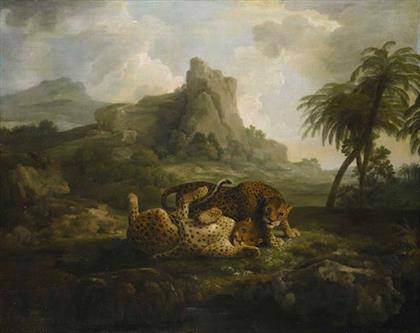
Charles Le Brun (1619-1690)
Everhard Jabach and His Family

The Metropolitan Museum of Art, New York
Charles Le Brun masterpiece bought by the Metropolitan The Metropolitan Museum of Art has purchased Charles Le Brun’s monumental portrait of Everhard Jabach and his family, described as a landmark in the history of French portraiture.]]>
May 25, 2014, source: The Metropolitan Museum of Art
Charles Le Brun (1619-1690) was easily the most important painter at the court of Louis XIV. He supervised the decoration of major projects such as the Louvre and Versailles, and headed the Gobelins manufactory for tapestries and furniture. His work rarely appears on the market, since almost all of his major paintings reside in the collection of the Louvre. Last spring the Museum acquired “The Sacrifice of Polyxena” (1647), an early work by the artist in the field of history painting, in which he excelled. The newly acquired work is entirely different in character and ambition: it is a life-size family portrait of one of his principal, non-royal patrons. It dates from circa 1660, at the height of Le Brun’s career.
Among Le Brun’s works, “Everhard Jabach (1618-1695) and His Family” can only be compared to the portrait of Royal Chancellor Pierre Séguier on horseback accompanied by pages, which is in the collection of the Louvre and is illustrated in virtually every history of French painting. The newly acquired work —long thought lost— is comparable in importance to the Louvre picture and ranks as one of Le Brun’s masterpieces. Although the Met has not published details about the transaction, several sources point that the Museum paid $12.3 million for this work.
Thomas P. Campbell, Director and CEO of The Metropolitan Museum of Art, said: “This magnificent canvas by the leading painter of King Louis XIV is a landmark in the history of French portraiture (…) Its acquisition transforms the Museum’s European paintings collection by adding a defining work both in the history of art and in cultural and political history.” Keith Christiansen, John Pope-Hennessy Chairman of the Department of European Paintings, described the work as “the French equivalent of Velázquez’s Las Meninas —an allegory of the relationship between painter and patron and the act of painting.”
Related content
The Pre-Raphaelite Legacy at the Metropolitan Museum (exhibition, 2014)
Follow us on:


